This is a call for some feedback on a small utility function I am trying to design. A few times I felt the need in a continuous partitioning of space. Could you please, after reading the post, give me some feedback on:
- What other applications this function can be used for? (Especially higher-dimensional cases)
- Do you have a better design suggestions?
Definition
The SpacePartition function is a continuous analog of Partition. It subdivides n-dimensional space into integer number of partitions. The result is a tensor of hyper-blocks spanning the hyperspace without gaps or overlaps. It means currently, and for simplicity of the demo, there are no block offsets, but they could be added in the future.
SpacePartition[space_List, partitions_List] :=
Outer[List, ##, 1] & @@ MapThread[Partition[Subdivide @@ Append[#1, #2], 2, 1] &, {space, partitions}]
1D Examples
Subdividing 1D interval {2.3,5.7} into 5 consecutive intervals:
part1D = SpacePartition[{{2.3, 5.7}}, {5}]
{{{2.3, 2.98}}, {{2.98, 3.66}}, {{3.66, 4.34}}, {{4.34, 5.02}}, {{5.02, 5.7}}}
NumberLinePlot[Interval @@@ part1D]
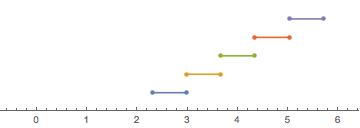
2D Examples
Subdividing 2D rectangle into different number of partitions along different dimensions
part2D = SpacePartition[{{2.3, 5.7}, {1.2, 3.4}}, {7, 5}];
and visualizing as a grid
Graphics[grid2D = {FaceForm[], EdgeForm[Black], Rectangle @@ Transpose[#]} & /@
Flatten[part2D, 1], Frame -> True]
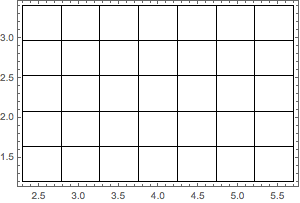
Subdivisions preserve the neighborhood structure
Graphics[{grid2D, {Opacity[.5], Rectangle @@ Transpose[#]} & /@
(part2D[[##]] & @@@ Tuples[{1, 2, 3}, 2])}, Frame -> True]
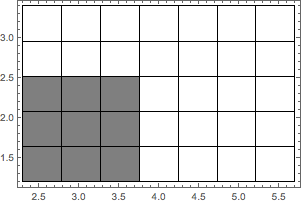
3D Examples
Subdividing 3D rectangle into different number of partitions along different dimensions
part3D = SpacePartition[{{2.3, 5.7}, {1.2, 3.4}, {-1.1, 2}}, {7, 5, 4}];
and visualizing as a 3D grid
Graphics3D[{Opacity[.6], Cuboid @@ Transpose[#]} & /@ Flatten[part3D, 2], Axes -> True]
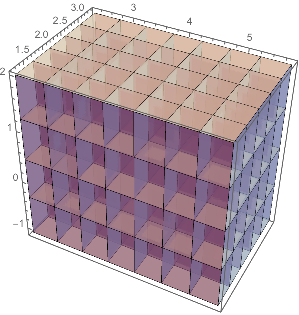
Selecting random subsets of subdivisions as Region:
Table[Show[Region[Cuboid @@ Transpose[#]] & /@
RandomSample[Flatten[part3D, 2], 20], Axes -> True, Boxed -> True],3]

Application: quarterly temperatures or partitioning PlotRange
Often data are so dense it is hard to distinguish details in a standard plot.
data = WeatherData["KMDZ", "Temperature", {{2015}}];
plot = DateListPlot[data]
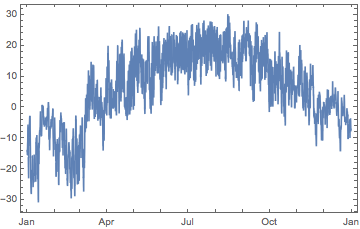
SpacePartition can be used to partition PlotRange and make a better visual
With[{pr = PlotRange /. Options[plot]},
DateListPlot[TimeSeriesWindow[data, #], AspectRatio -> 1/10, ImageSize -> 1000,
PlotRange -> {Automatic, {-30, 30}}, Filling -> Axis, PlotTheme -> "Detailed"] & /@
Map[DateList, Flatten[SpacePartition[{pr[[1]]}, {4}], 1], {2}]] // Column
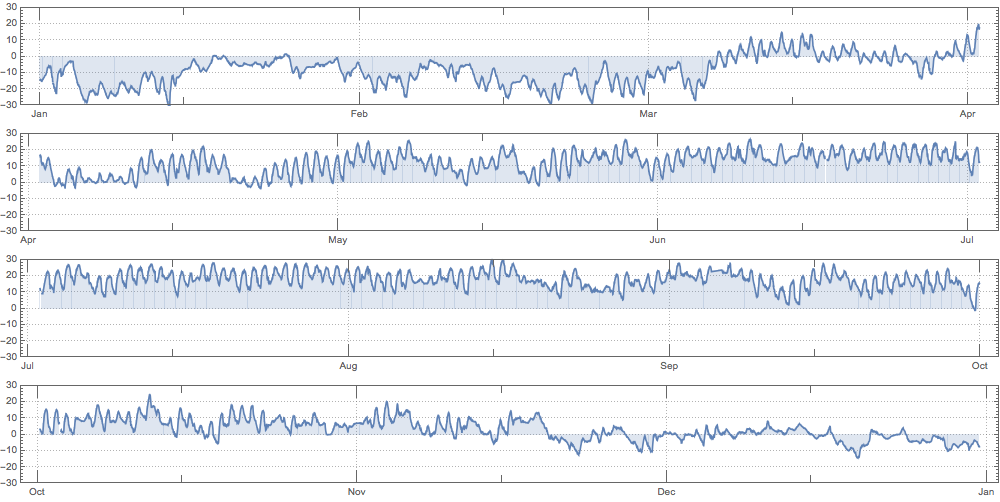
Application: box-counting method for fractal measures
Define an iterated function system (IFS) and iterate it on point sets
IFS[{T__TransformationFunction}][pl_List] := Join @@ Through[{T}[pl]]
IFSNest[f_IFS, pts_, n_Integer] := Nest[f, pts, n]
Sierpi?ski gasket transformation:
SierpinskiGasket = With[{\[ScriptCapitalD] = DiagonalMatrix[{1, 1}/2]},
IFS[{AffineTransform[{\[ScriptCapitalD]}],
AffineTransform[{\[ScriptCapitalD], {1/2, 0}}],
AffineTransform[{\[ScriptCapitalD], {0.25, 0.433}}]}]];
and corresponding iterated point set
ptsSierp = IFSNest[N@SierpinskiGasket, RandomReal[1, {100, 2}], 4];
graSierp = Graphics[{PointSize[Tiny], Point[ptsSierp]}, Frame -> True]
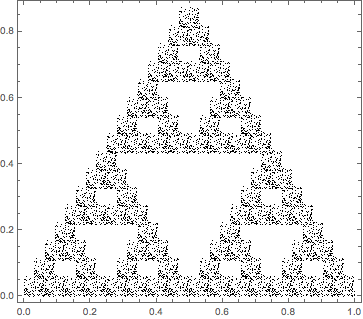
Function that makes partitions
blocks[n_]:=Rectangle@@Transpose[#]&/@Flatten[N@SpacePartition[{{0,1},{0,1}},{n,n}],1]
Show[graSierp,Graphics[{FaceForm[],EdgeForm[Red],blocks[7]}]]
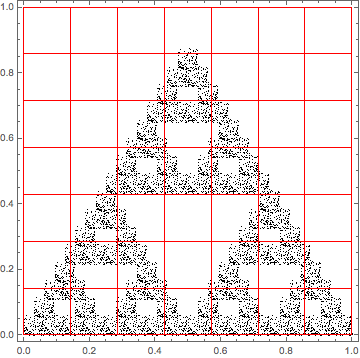
Of course number of partitions grows as a square for 2D case
Length /@ blocks /@ Range[9]
{1, 4, 9, 16, 25, 36, 49, 64, 81}
Function counting partitions that have any points in them
blockCount[pts_, n_] := Length[Select[blocks[n], MemberQ[RegionMember[#, pts], True] &]]
Accumulating data of partition count for different partition sizes
logMes = ParallelTable[Log@{k, blockCount[ptsSierp, k]}, {k, 20}];
Fitting the log-log scale of the data linearly with the slope measuring fractal dimension
fit[x] = Fit[logMes, {1, x}, x]
0.0884774 + 1.70962 x
which deviates a bit from ideal due to probably random inexact nature of IFS system
N[Log[3]/Log[2]]
1.58496
Plot[fit[x], {x, 0, 3.5}, Epilog -> {Red, PointSize[.02], Point[logMes]}]
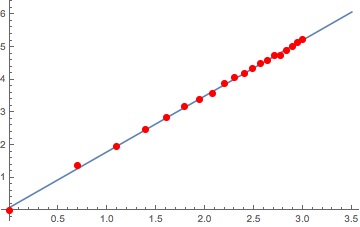
Missing features
The following features could be added in future:
 Attachments:
Attachments: